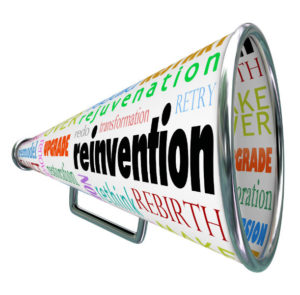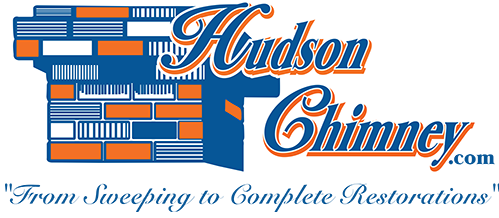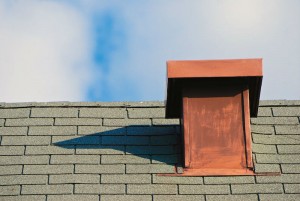Does Your Classic Chimney Meet Modern Standards?
The use of fire for home heating is centuries old, as well as the need for a ventilation system. Fireplaces and chimneys have changed in major ways through the years. However, how the chimney works remains the same.
 Your Classic Chimney
Your Classic Chimney
Many older chimneys are missing important parts that have been found to be vitally important in recent years. Many older masonry chimneys do not have a chimney liner, or they have an old clay tile liner. In other instances, older chimneys are too big for the size of the fireplace or insert. Chimney caps are also a part of the chimney that are often overlooked by the older generation of homeowners. They have been missing on classic chimneys for years.
There is a reason why these elements have been added to modern standards of chimney and fire safety. The fire industry is constantly changing, which is why chimney professionals renew their training regularly. It’s also why fire codes and municipal standards are always changing as well.
Modern Standards
The industry standard for chimney sweep credentials is the Chimney Safety Institute of America (CSIA). The CSIA Certified Chimney Sweep® (CCS) credential stands for excellence and training in the ever-changing field. There is a need for such a standard. In addition to have a similar need for manufacturing, installation, and operation standards for everyone’s safety.
The National Fire Protection Association (NFPA) is the leading information and knowledge resource on fire, electrical, and related hazards. The CSIA became the industry standard for professional chimney sweeps. The NFPA became the industry standard for safe ventilation, installation of fire-burning appliances, and the construction and installation of chimneys, fireplaces, and venting systems.
The NFPA 211 standards address:
- Design, installation, maintenance, and inspection.
- Chimneys, fireplaces, venting systems, and solid fuel-burning appliances.
- Residential, commercial, and industrial occupancy.
Comprehensive provisions address general requirements as well as specific types of units. The appliances are actually manufactured with these codes in mind. So, chimney sweeps are well-abreast of them when they install, maintain, replace, or repair the appliances and chimney systems. This is why you should never install your own fireplace or furnace. Only a certified chimney sweep can install the appliance and properly match it with the perfect venting products.
Hudson Chimney has changed with the industry standards, as we’ve been full-time chimney sweeps since 1979. Our technicians are experienced and trained to bring your classic chimney up to modern standards.
Ready to let someone bring your chimney system into the modern era? Also, keeping your safety and comfort in mind? Call Hudson Chimney today at 904-282-4159. For your convenience you can also request an appointment online.

